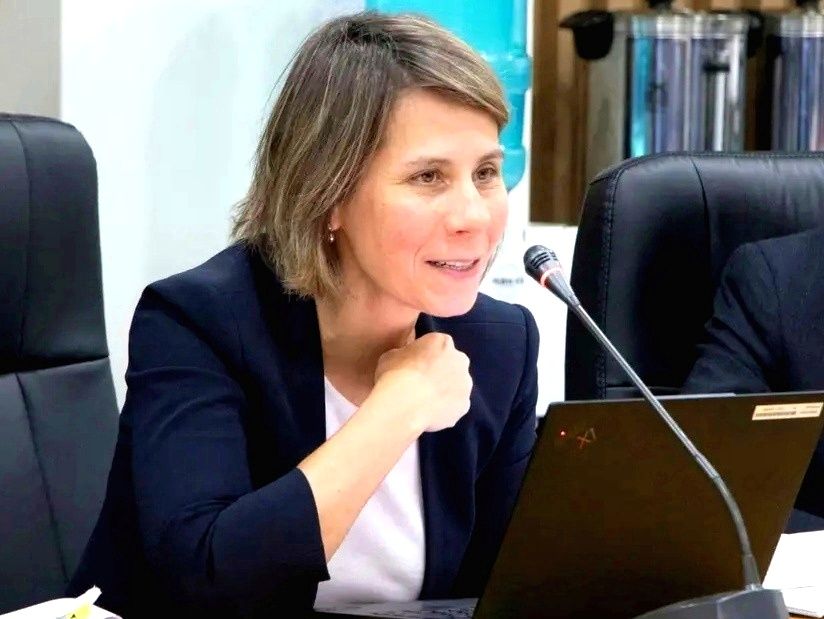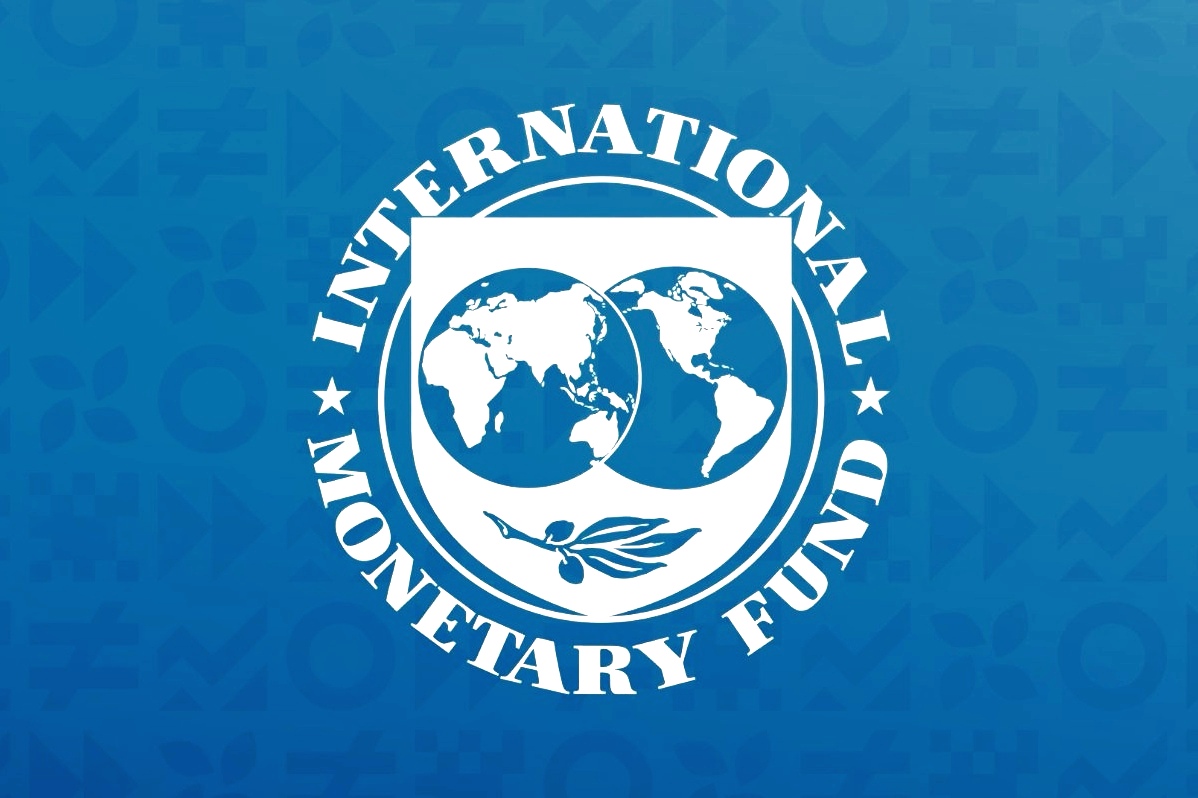IMF sees slower Phl growth, room for rate cuts amid global headwinds

The Philippine economy is projected to grow by 5.5% in 2025 and 5.8% in 2026, as global uncertainty, weaker demand from major economies, and subdued private investment weigh on prospects, the International Monetary Fund (IMF) said following a staff visit to Manila.
While consumption remains resilient—supported by lower inflation, easing monetary policy, and low unemployment—the IMF warned that risks to the outlook are tilted to the downside.
“The Philippine economy remains resilient despite external challenges,” said Elif Arbatli Saxegaard, who led the IMF mission to Manila from May 14 to 20. “While the announced U.S. tariffs are expected to have a limited direct impact, the higher global policy uncertainty and lower growth in major economies will weigh on growth.”
Saxegaard noted that private investment remains soft, while the current account deficit is expected to narrow slightly from 3.8% of gross domestic product (GDP) in 2024 to 3.4% in 2025, helped by weaker commodity prices..
Meanwhile, inflation has declined sharply, according to the IMF. “Headline inflation fell to 1.4 percent (year-on-year) in April 2025, largely driven by the earlier tightening cycle and lower food prices supported by the reduction in rice tariffs last year and other administrative measures by the government, while core inflation declined to 2.2 percent,” Saxegaard said.
With inflation expectations well anchored, the IMF sees inflation averaging 2.2% in 2025, near the lower end of the BSP’s 2% to 4% target range.
“The Bangko Sentral ng Pilipinas (BSP) has room to continue to reduce the policy rate and firmly move to a neutral stance,” Saxegaard said, while noting that inflation risks remain balanced.
Upside risks include supply shocks, adverse weather, and global disruptions that could affect prices and the exchange rate. On the downside, slower global demand and lower commodity prices could create deflationary pressures.
The IMF welcomed recent financial market reforms designed to improve monetary policy transmission. “Ongoing reforms to develop the Philippines’ fixed income and money markets, including the launch of the interest rate swap market, enhanced Primary Dealer System, and consolidation of bond issuance into fewer but benchmark-sized instruments are welcome,” Saxegaard said.
On the fiscal front, the deficit narrowed to 5.7% of GDP in 2024 from 6.1% the year before. “The medium-term fiscal consolidation remains appropriate and should be supported by a sustainable plan to raise tax revenues and implement expenditure reforms to ensure that deficit targets are met and to create more space for priority spending,” Saxegaard said. She called for tax measures such as increasing excise taxes, improving value-added tax (VAT) efficiency, and strengthening tax administration.
Financial risks remain contained, though the IMF advised continued monitoring of credit growth and sectoral exposures. “Banks’ exposures to commercial and residential real estate, leveraged non-bank financial institutions, and a fast-growing consumer credit market warrant continued close monitoring,” she said.
Saxegaard concluded by acknowledging the country’s progress in structural reforms. “The Philippine economy holds significant potential with a sizable demographic dividend and abundant natural resources,” she said.
The IMF also praised the country’s exit from the Financial Action Task Force (FATF) grey list in February and urged continued efforts to build resilience, attract investment, and enhance social protection.



0 Comment